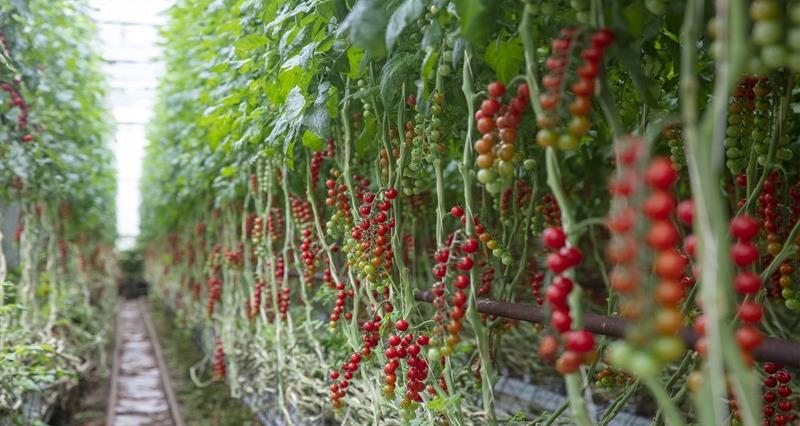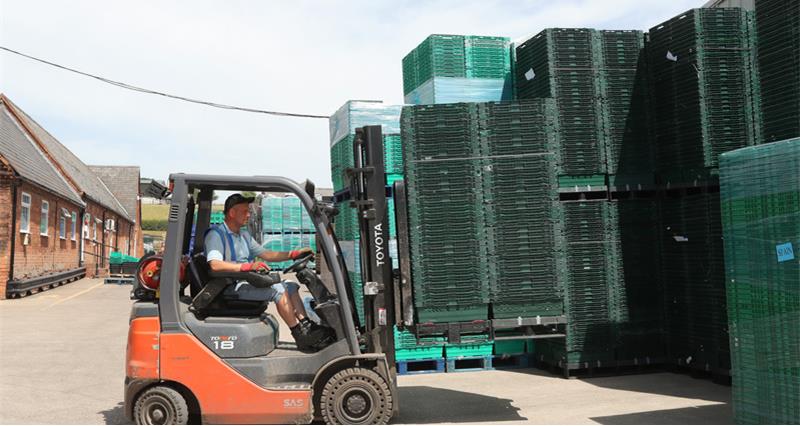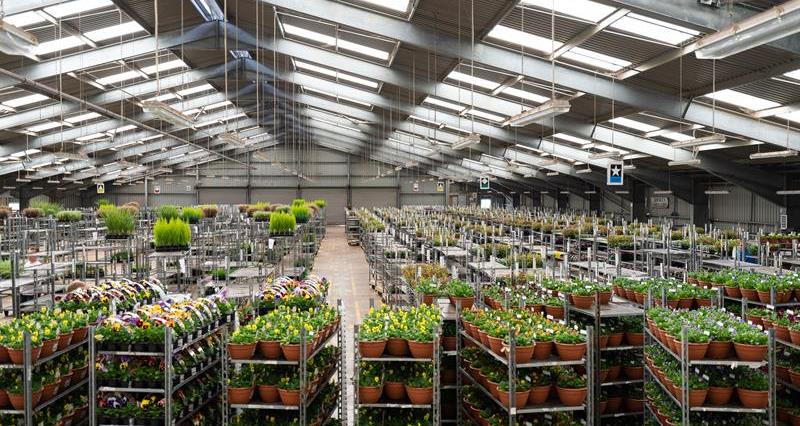Defra has said that 100% documentation checks are still required.
This change will affect protected crops such as tomatoes, peppers and cucumbers, but clarity is still being sought as to how broad the definition of ‘non-woody’ plants is for the ornamentals sector.
In an agreed statement Defra said: “To confirm – plant health border controls applicable to non-woody plants to facilitate commercial indoor production of UK edible horticultural crops (e.g. tomato, pepper, aubergine plants) are currently set at 30% physical inspection and 100% for documentation checks.
“Like all inspection frequencies these will be kept under review in light of available risk-based evidence, but we do not consider any adjustments if any will be applicable prior to 30 April 2025.”
The definition of a woody plant can be found at: GOV.UK | The Official Controls (Plant Health) (Frequency of Checks) Regulations 2022.
It reads as follows: “woody plant” means a plant which has a woody or partly woody stem, and includes all trees, forest reproductive material (other than seed), shrubs and palms, and those vines and perennial herbs with woody or partly woody stems; and for this purpose “perennial herbs” means herbs for which the average life exceeds two years.
Biosecurity concerns remain
Following an industry-wide consultation on the frequency of inspections in 2022, Defra had previously said these plants were subject to 100% frequency checks.
While this update is welcome, grower concerns around the biosecurity of the current border regime, including inspections at the BCP (Border Control Point), remain.
The NFU continues to raise these concerns with the government and will continue to seek solutions to resolve the ongoing operational challenges many growers are facing.
Frequencies of inspections per plant type
Category and description of plant, plant product or other object |
Country of origin | Frequency of Physical and Identity check (%) | Frequency of documentary check (%) |
| Cuttings, seedlings intended for planting, not specified or included anywhere else in this table | |||
| All genera | Any third country | 100 | 100 |
| Plants for planting | |||
| Woody plants(2) (other than specified or included elsewhere in this table), intended for planting and intended for final users(1). All genera | Any third country | 100 | 100 |
| Non-woody plants(3) (other than specified or included elsewhere in this table), intended for planting. All genera | Any third country | 30 |
100 |
| Indoor plants(4). All genera | Any third country | 5 | 100 |
| Other plants (other than specified or included elsewhere In this table), intended for planting. All genera | Any third country | 100 | 100 |
To view the inspection frequency rate, visit the plant health portal at: GOV.UK| Frequency of plant health import inspections across GB.
The NFU recently held a webinar for growers considering Control Point designation. To watch again, visit: Watch again: All about Control Point Designation.
More from NFUonline:

Watch again: All about Control Point Designation


